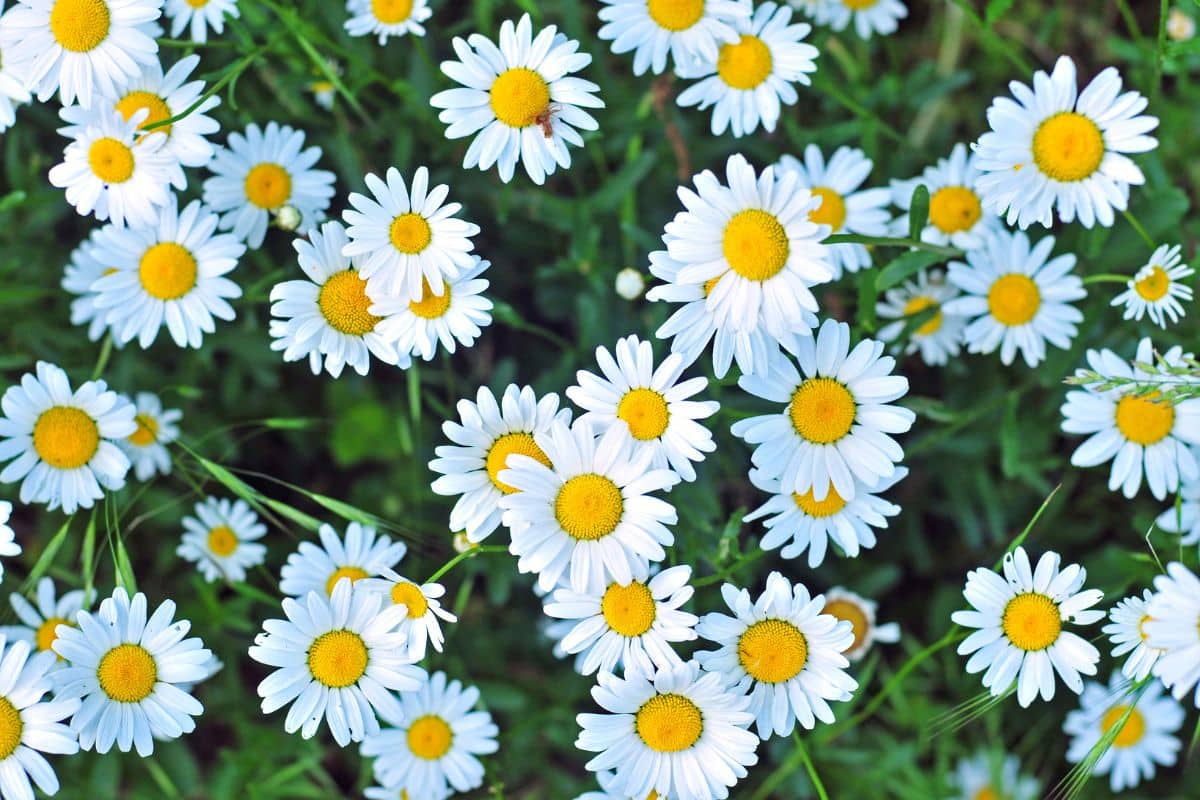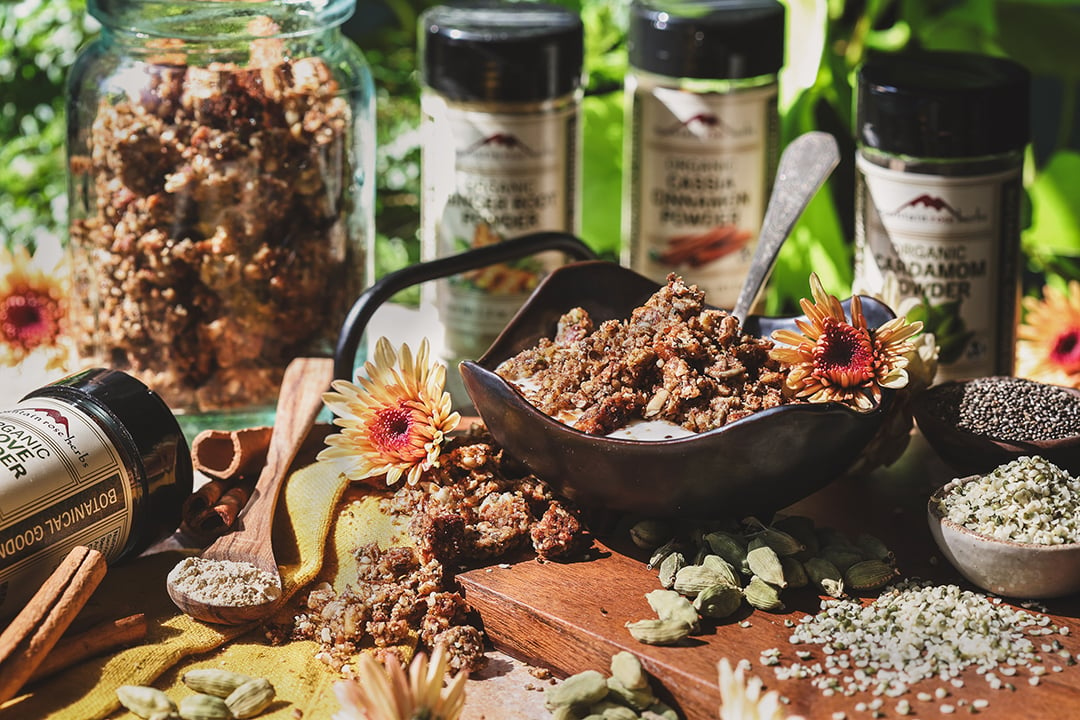Gardens filled with cheerful, white-petaled blooms create an enchanting atmosphere that captures the essence of natural beauty. While daisies remain beloved for their simple elegance and iconic appearance, numerous other flowering plants share similar characteristics that make them equally captivating. These daisy-like flowers offer gardeners diverse options to create stunning displays while maintaining that classic, timeless appeal.
The distinctive features that make daisies so recognizable include their radiating white petals surrounding a central disc, creating a sun-like appearance. Many flowers throughout the botanical world have evolved this same structural pattern, known scientifically as composite flower heads. Understanding these similarities helps gardeners select appropriate alternatives while maintaining visual consistency in their landscape design.
White composite flowers with similar characteristics
Shasta daisies represent perhaps the closest relatives to common daisies, featuring larger blooms with pristine white petals and bright yellow centers. These perennial favorites bloom throughout summer and early fall, providing consistent color when other flowers begin to fade. Their sturdy stems make them excellent choices for cutting gardens and floral arrangements.
Chamomile flowers offer another compelling option with their delicate white petals and aromatic qualities. German chamomile produces smaller blooms than daisies but compensates with abundant flowering and medicinal properties. The sweet, apple-like fragrance adds sensory appeal to garden spaces while attracting beneficial insects.
White asters bloom in late summer and fall, extending the daisy-like appearance well into autumn. These native North American plants support local ecosystems while providing nectar sources for migrating butterflies. Their smaller individual flowers cluster together, creating dense displays that mirror the visual impact of larger daisy blooms.
Feverfew deserves recognition for its profuse white flowers and feathery foliage. This herb produces countless small, daisy-like blooms throughout the growing season. Traditional gardeners have valued feverfew for both ornamental and medicinal purposes, making it a practical addition to herb gardens. Just as gardeners consider which plants deer might eat, feverfew’s strong scent typically deters browsing animals.
Yellow-centered alternatives for garden diversity
Leucanthemum species encompass several varieties that closely resemble traditional daisies while offering improved garden performance. The Alaska variety produces particularly large blooms with clean white petals and golden centers. These cultivars have been bred for enhanced disease resistance and longer flowering periods.
Ox-eye daisies provide a more naturalized appearance with slightly irregular petal arrangements. These hardy perennials thrive in meadow-like conditions and self-seed readily, creating informal colonies over time. Their cheerful yellow centers remain prominent throughout the blooming season, making them valuable for pollinator gardens.
Painted daisies offer color variations while maintaining the classic flower structure. These plants produce blooms in shades of pink, red, and white, all featuring the characteristic central disc. The ferny foliage adds textural interest even when plants are not flowering, extending their ornamental value throughout the growing season.
Marguerite daisies bring Mediterranean charm to temperate gardens with their silvery foliage and pristine white flowers. These tender perennials perform best in mild climates but can be grown as annuals in colder regions. Their continuous blooming habit makes them excellent container plants for patios and balconies. When planning garden layouts, consider how companion planting strategies can enhance overall garden health and productivity.
Seasonal blooming patterns and growing conditions
Understanding the flowering schedules of daisy-like plants helps create gardens with extended seasonal interest. Early bloomers like feverfew and chamomile begin flowering in late spring, while asters and some chrysanthemum varieties continue through first frost. This succession ensures continuous daisy-like blooms from spring through fall.
Most composite flowers prefer full sun conditions and well-draining soil, making them suitable for similar growing locations. However, some variations in moisture requirements exist among different species. Shasta daisies tolerate drought once established, while feverfew prefers consistent moisture levels for optimal performance.
Soil preparation plays a crucial role in establishing healthy daisy-like flowers. These plants generally prefer neutral to slightly alkaline conditions, though most adapt to various soil types. Adding compost improves soil structure and provides slow-release nutrients that support vigorous growth and abundant flowering.
Consider these key growing requirements for successful cultivation :
- Sunlight exposure : Most species require 6-8 hours of direct sunlight daily
- Water management : Deep, infrequent watering promotes strong root development
- Soil drainage : Poor drainage leads to root rot in most daisy-like plants
- Spacing considerations : Adequate air circulation prevents fungal diseases
Garden designers often incorporate these flowers into cottage-style gardens where their informal appearance complements other traditional plants. The practice of companion planting in permaculture systems frequently includes daisy-like flowers for their beneficial insect attraction and soil improvement qualities.
Maintenance and long-term garden planning
Deadheading spent blooms extends the flowering period of most daisy-like plants while preventing unwanted self-seeding. This simple maintenance task keeps plants looking tidy and encourages continued flower production throughout the growing season. Some gardeners prefer to leave seed heads for winter interest and bird feeding opportunities.
Division becomes necessary for perennial varieties every 3-4 years to maintain vigor and prevent overcrowding. Spring division allows plants to establish before summer heat, while fall division works better in mild climates. Proper timing ensures successful transplantation and continued garden performance.
Just as gardeners research soil amendment options for fruit trees, understanding fertilization needs helps daisy-like flowers thrive. Most species benefit from balanced fertilizers applied in early spring, though excessive nitrogen can reduce flowering while promoting leafy growth.
Planning for seasonal transitions involves selecting varieties with different bloom times and incorporating plants with attractive seed heads or interesting winter structure. This approach maintains garden appeal throughout the year while supporting local wildlife populations. Many gardeners time their plantings to coincide with harvest seasons of other garden plants for efficient garden management and maximum productivity from their outdoor spaces.










